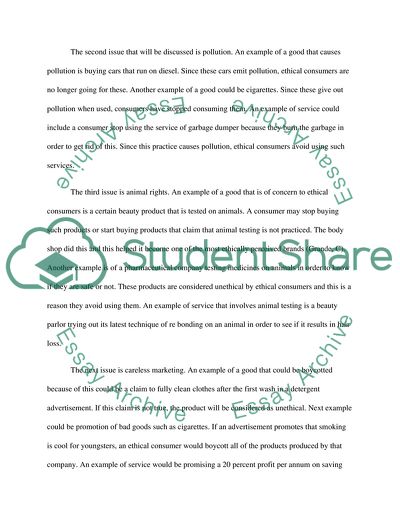Cite this document
(Important Aspects of Marketing Management Coursework, n.d.)
Important Aspects of Marketing Management Coursework. Retrieved from https://studentshare.org/marketing/1715906-marketing-managment-2
Important Aspects of Marketing Management Coursework. Retrieved from https://studentshare.org/marketing/1715906-marketing-managment-2
(Important Aspects of Marketing Management Coursework)
Important Aspects of Marketing Management Coursework. https://studentshare.org/marketing/1715906-marketing-managment-2.
Important Aspects of Marketing Management Coursework. https://studentshare.org/marketing/1715906-marketing-managment-2.
“Important Aspects of Marketing Management Coursework”. https://studentshare.org/marketing/1715906-marketing-managment-2.


